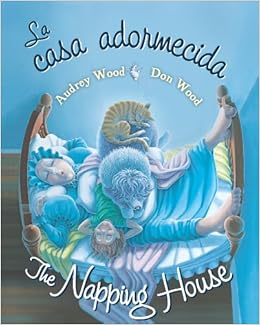 Frozen is one of those movies that mi esposa and I have been watching todo el tiempo. I think we've seen it at least four times so far, which is a lot for us, since we tend to watch movies only once before moving to the next. But Frozen was--is--different. We've got it on DVD now, and will probably find ourselves watching it many, many times more.
Frozen is one of those movies that mi esposa and I have been watching todo el tiempo. I think we've seen it at least four times so far, which is a lot for us, since we tend to watch movies only once before moving to the next. But Frozen was--is--different. We've got it on DVD now, and will probably find ourselves watching it many, many times more.Without going into too many details (it's a movie you should see for yourself), it deals with sisterhood, friendship, romance, and the understanding of love as putting someone else's needs before your own. The messages are good, the plot is solid, and it's a funny and surprisingly engrossing movie.
If it's that good in English, could it possibly be that good in Spanish? Yes! Thanks to the magic of DVDs, you can switch the audio track from English to Spanish (or French), and watch the entire movie in a different language. They even sing the songs in your language of choice, and the animation of the faces and mouths match the language!
Since the AAP doesn't recommend exposing children to media until they're at least 2, this isn't a film mija will be watching this year, or next. But in a couple of years, it'll be waiting for her as quite possibly the favorite joint movie of her madre y padre. You can pick up the BluRay / DVD set at Amazon, as well as the DVD alone here. Either comes with the audio tracks in three languages.




